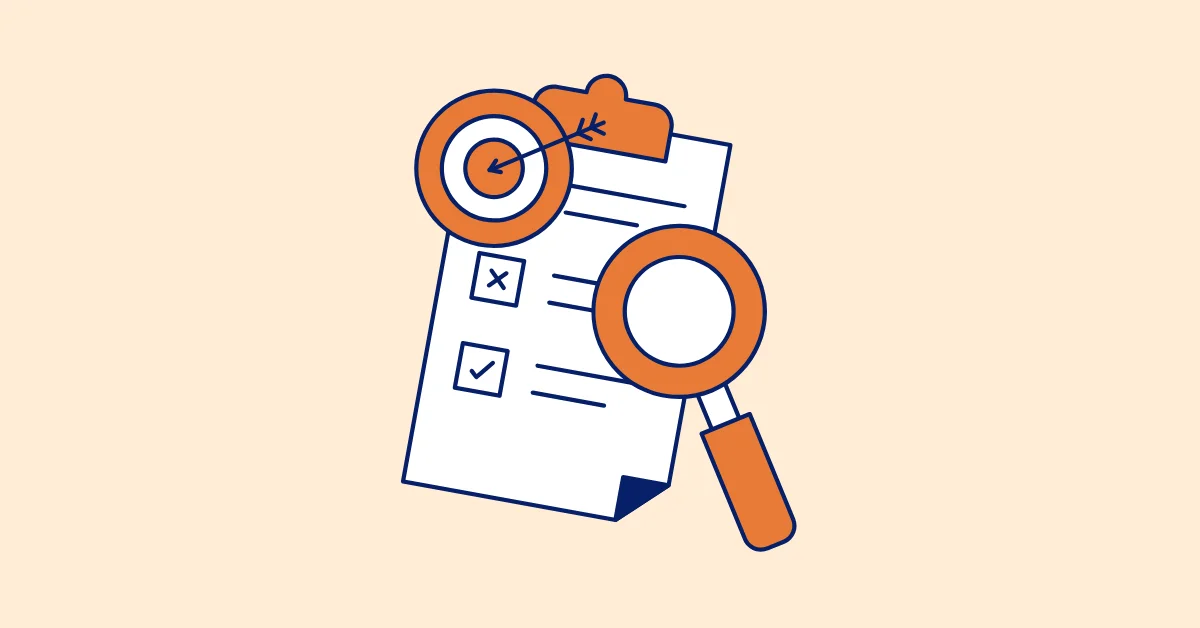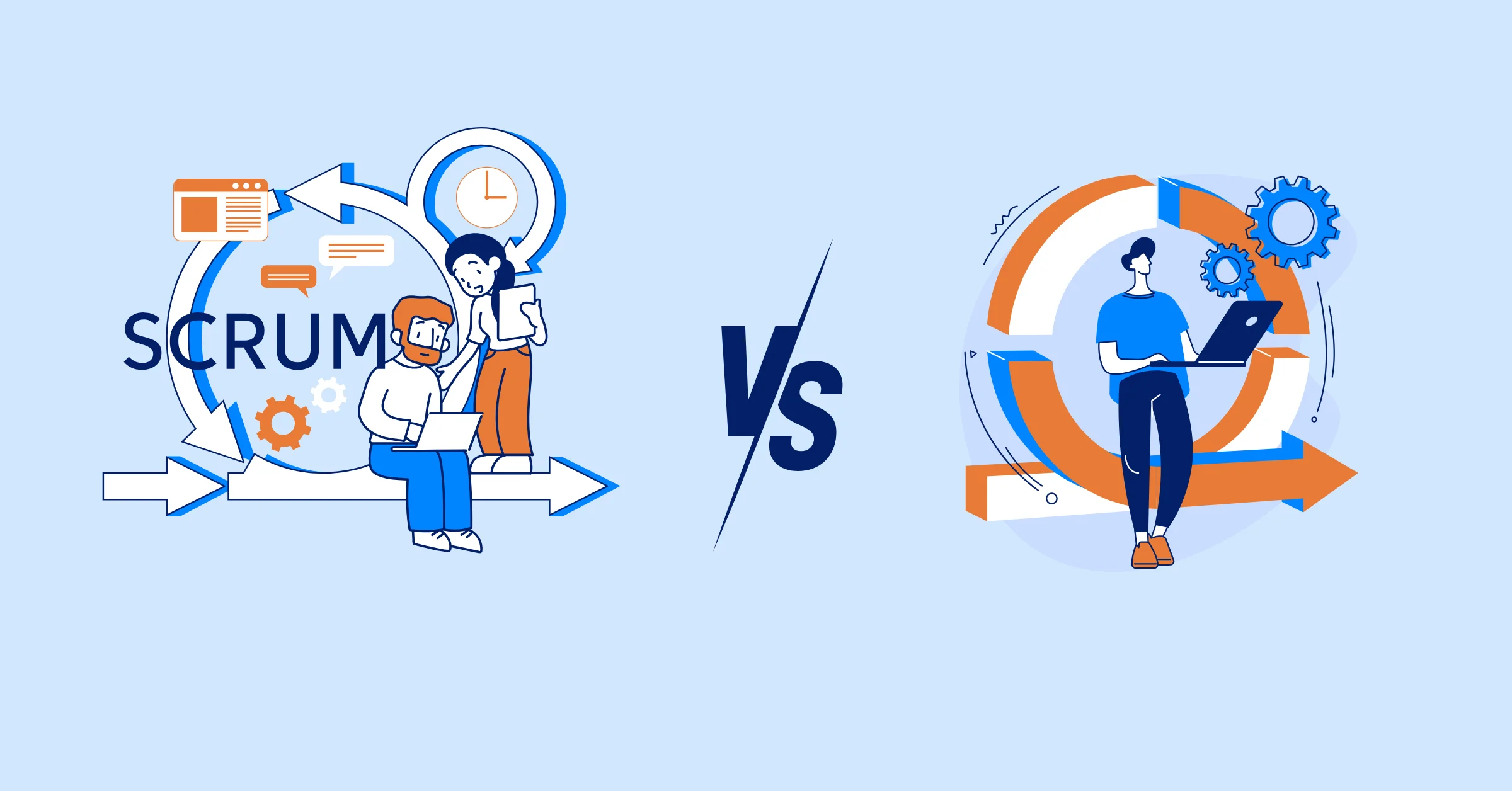How Do you Prioritize Features & Bugs During Sprint Refinement?
Learn how to prioritize features and bugs during sprint refinement with proven frameworks, scoring models, and capacity strategies for better sprint planning.
Sprint refinement is often misunderstood as a quick backlog cleanup before sprint planning. In reality, it’s one of the most strategic moments in project management. It’s where teams decide how to balance new features that push the product forward with bug fixes that protect stability.
When sprint refinement becomes intentional and data-driven, it improves delivery predictability, product quality, and cross-functional trust. When it’s rushed, teams fall into endless rework, missed goals, and unstable releases.
Why Prioritization During Refinement Matters
Sprint refinement determines what’s possible before sprint planning even begins. It’s the meeting where product owners, developers, and QA leads align on value, risk, and effort.
When prioritization is unclear, sprints drift. Teams might load up on new features while unresolved bugs quietly damage user trust. Or they may fix every small issue, leaving no room for progress. Both patterns hurt delivery predictability.
Structured refinement brings three key benefits:
- Strategic focus: The backlog reflects business priorities, not noise.
- Technical stability: Bugs are addressed based on real impact, not emotional urgency.
- Predictable velocity: Teams avoid overcommitment and rework, improving sprint planning accuracy.
Refinement isn’t a side task in Agile project management, it’s the decision engine behind every successful sprint.
Step-by-Step Prioritization During Sprint Refinement
The following framework blends both quantitative scoring and contextual discussion, helping teams balance new development and bug resolution with precision.
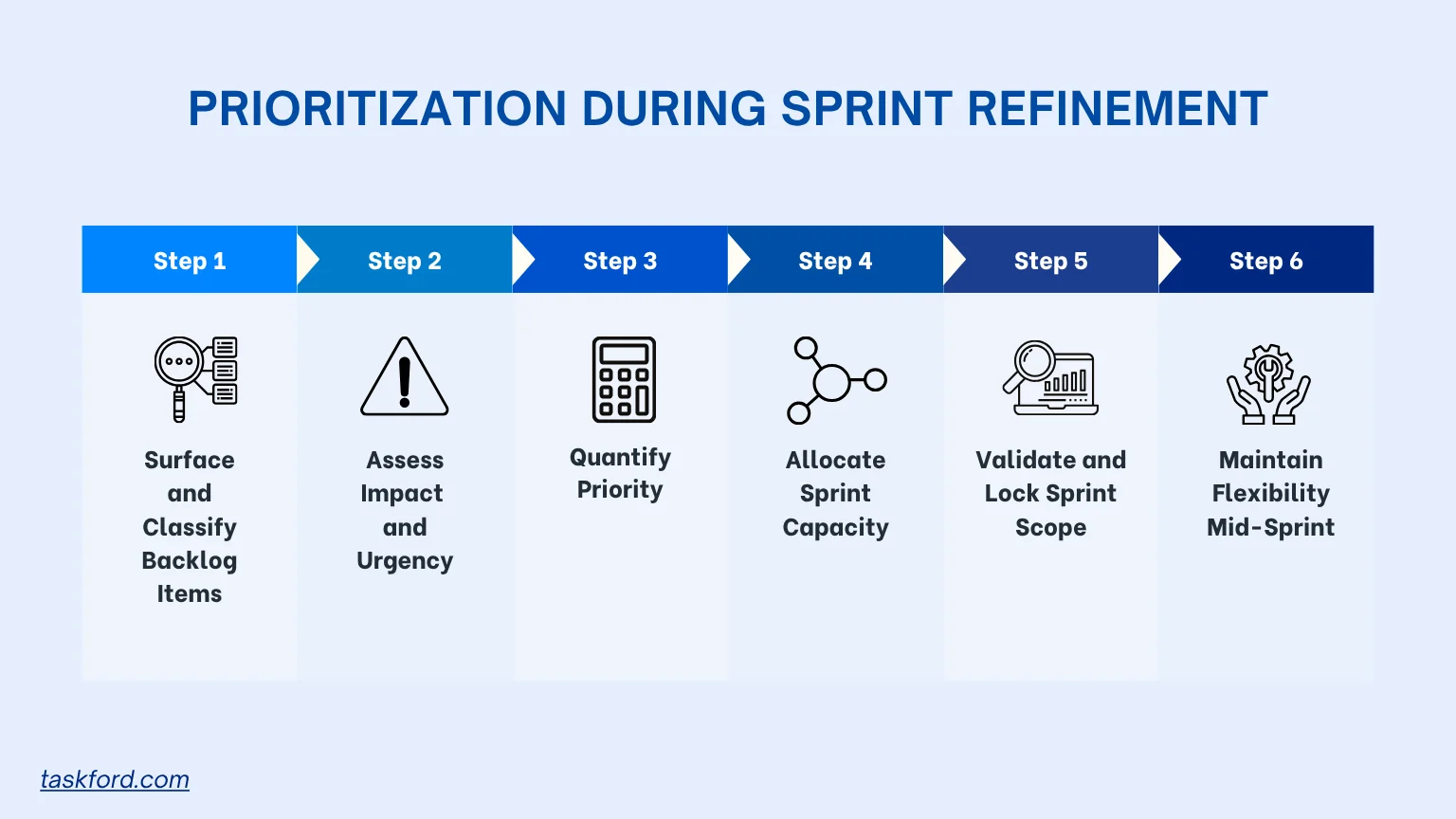
Step 1: Surface and Classify Backlog Items
A cluttered backlog blocks clear prioritization. Begin refinement by categorizing every item:
- Features: deliver new or improved functionality.
- Bugs: correct defects affecting users or performance.
- Technical debt: address long-term maintainability risks.
- Research spikes: explore uncertain or complex areas before implementation.
In tools like TaskFord, use labels to visualize this balance. A healthy backlog contains a mix of these item types, not just user stories.
For features, ask:
- Does this align with upcoming release goals or KPIs?
- Which user segments are impacted?
- What dependencies exist?
For bugs, consider:
- Is this issue visible to users or internal systems only?
- How many users experience it?
- Does it block feature delivery or create data inconsistencies?
Categorization is simple but powerful. It helps the team see whether the product is leaning too heavily on growth or maintenance work, a common imbalance in sprint planning.
Step 2: Assess Impact and Urgency
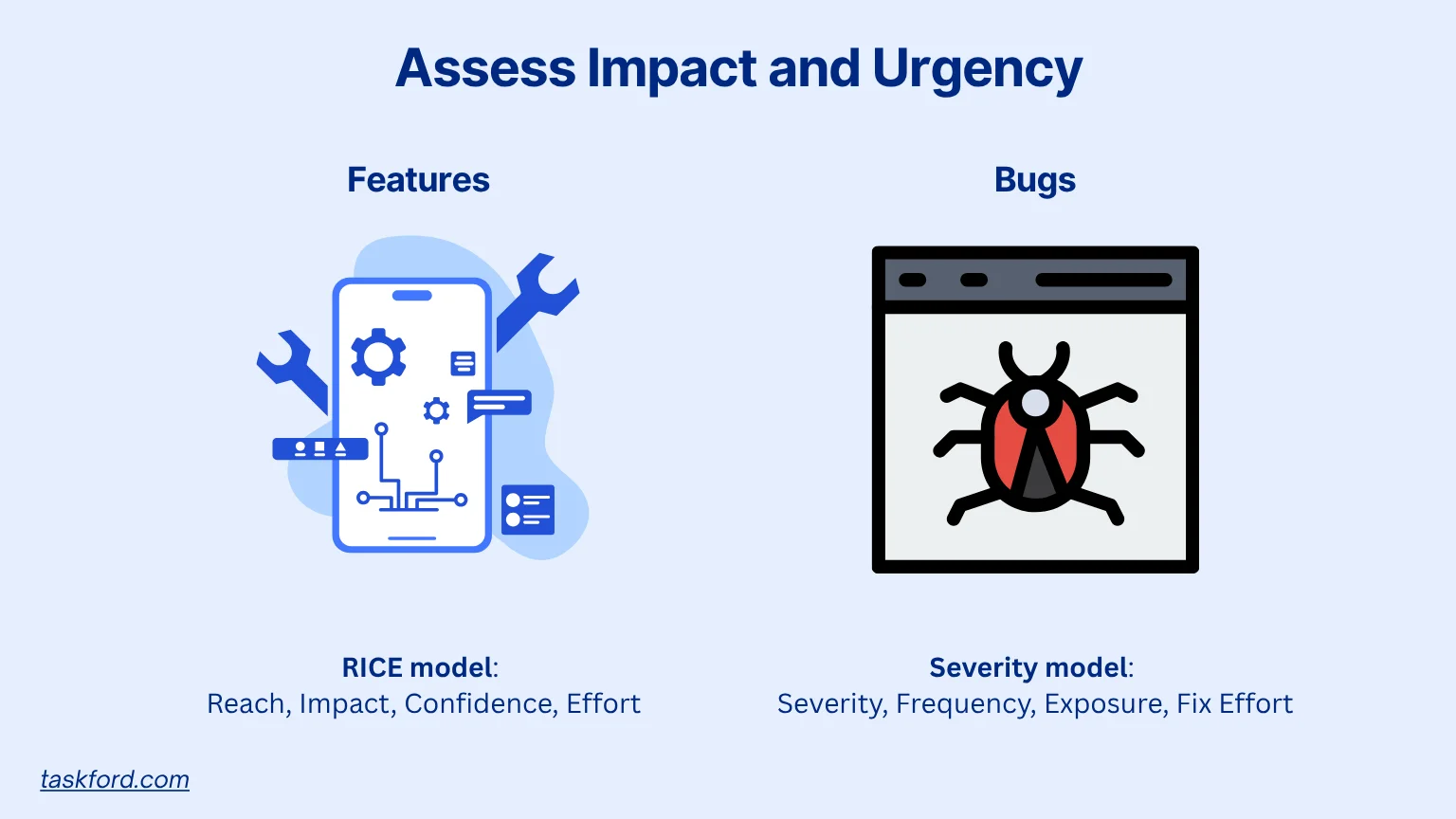
Next, score impact from two perspectives: business and technical.
For features: Use the RICE model to measure potential payoff.
- Reach: How many users will this affect?
- Impact: How strongly will it influence business metrics?
- Confidence: How sure are we of these assumptions?
- Effort: How much sprint capacity will it require?
For bugs: Use a severity-based scale to gauge urgency.
- Severity: Does it cause crashes, errors, or usability issues?
- Frequency: How often does it occur?
- Exposure: How many users or systems does it affect?
- Fix effort: How complex or risky is the resolution?
Visualizing these together helps the team avoid emotional prioritization. A moderate bug that affects 80% of users may outweigh a major bug that occurs once a month. Likewise, a small enhancement that unlocks a large revenue opportunity might move up the queue.
Advanced teams often maintain a dual-impact matrix, where features and bugs coexist. This makes trade-offs transparent during sprint refinement discussions.
Step 3: Quantify Priority
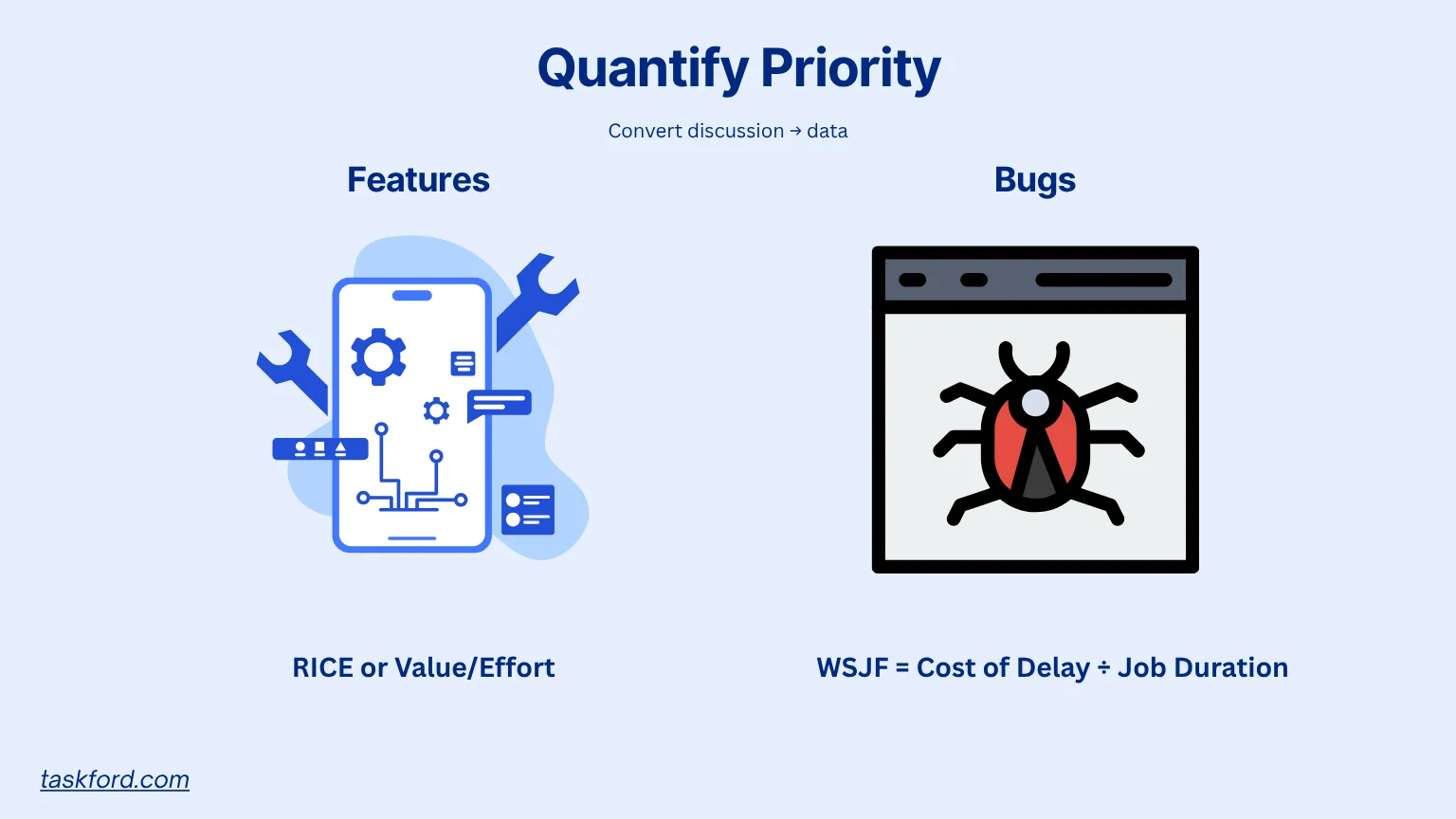
Once items are scored, convert judgment into data. Quantification keeps refinement objective and scalable.
For features: Use one of the following models:
- RICE score = (Reach × Impact × Confidence) ÷ Effort
- Value/Effort ratio = Business Value ÷ Estimated Story Points
Both reveal which items deliver the most impact per unit of effort.
For bugs: Adopt the WSJF (Weighted Shortest Job First) model from the Scaled Agile Framework (SAFe).
- WSJF = Cost of Delay ÷ Job Duration
Break down “Cost of Delay” into three measurable components:
- User Impact: How much the bug disrupts users or key functions
- Frequency: How often it occurs
- Risk Exposure: The potential damage if left unresolved
“Job Duration” represents the estimated time or effort to fix the issue. This approach highlights bugs with high user impact but low fix effort, prime candidates for early resolution.
Then merge both into a shared priority index. When product and engineering teams operate from the same data model, decisions become transparent. Instead of debating “feature vs. bug,” the conversation shifts to “which delivers more net sprint value.”
During sprint refinement, display these scores visually on a shared board or spreadsheet to support evidence-based prioritization before sprint planning begins.
Step 4: Allocate Sprint Capacity
Even with clear priorities, capacity limits require difficult choices. The goal is to maintain a balance that sustains momentum without creating instability.
A common baseline is the 60/30/10 rule:
- 60% for new features or enhancements.
- 30% for bugs or tech debt.
- 10% for research or experimentation.
Adjust this ratio according to your context:
- During stabilization or post-release periods, increase bug allocation to 50%.
- In scaling or innovation phases, increase feature work to 70%.
Decisions should be grounded in velocity data and defect trends. If defect rates have risen across the last three sprints, it’s a signal to rebalance toward maintenance.
This is also where project management discipline meets agility. The product owner and tech lead should align before sprint planning, ensuring that commitments reflect real capacity rather than optimism.
An underrated tactic is to reserve a small slot, roughly 10% of capacity, for urgent issues that emerge mid-sprint. This prevents overcommitment while maintaining responsiveness.
Step 5: Validate and Lock Sprint Scope
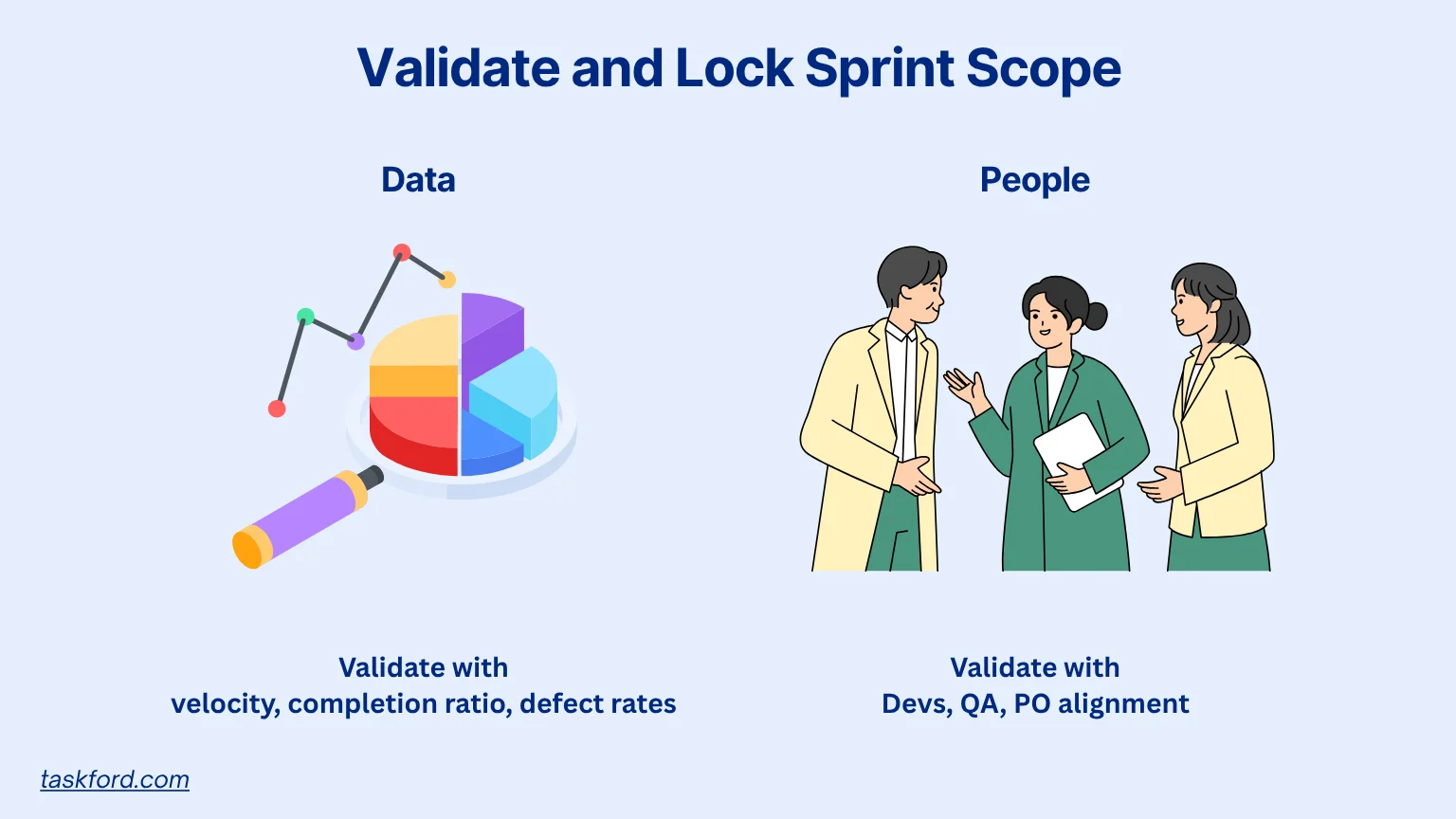
After balancing and scoring, validate your choices with data and stakeholders.
Validate with metrics:
- Average velocity over the last 3 sprints.
- Ratio of completed to carried-over stories.
- Defect density or bug reopen rates.
Validate with people:
- Developers confirm feasibility.
- QA checks testing scope.
- Product owner confirms alignment with release priorities.
Only when all three dimensions (value, feasibility, and scope) are in agreement should the sprint scope be locked for sprint planning.
This step enforces commitment discipline, preventing the chaos of adding or removing items mid-sprint. It also strengthens the connection between refinement and planning, turning the backlog into a predictable delivery pipeline.
Step 6: Maintain Flexibility Mid-Sprint
Even with perfect refinement, change is inevitable. Critical production bugs can’t always wait for the next cycle.
To handle this without derailing sprint goals, define a fast-lane policy:
- Only high-severity, user-impacting bugs qualify.
- They replace lower-priority work, not add on top.
- Product owner and tech lead must agree before any swap.
This rule preserves focus while acknowledging reality. Over time, data from these exceptions can reveal deeper process issues like poor test coverage or unclear acceptance criteria.
A strong refinement process reduces the number of fast-lane incidents. But when they occur, teams handle them calmly and transparently, protecting both sprint delivery and stakeholder trust.
The Trade-off Framework: Value vs. Fragility in Sprint Refinement Prioritization
Every sprint is a negotiation between creating new value and preserving existing stability. Understanding this balance helps teams prioritize rationally rather than reactively.
- Value measures how much a feature contributes to business goals or user outcomes.
- Fragility measures how unstable the system has become from unresolved bugs or technical debt.
Imagine a grid with Value on the x-axis and Fragility on the y-axis:
- High-value, low-fragility items (like customer-facing features) are clear sprint candidates.
- High-fragility, medium-value bugs (like recurring crashes) demand quick attention before they escalate.
- Low-value, low-fragility tasks should wait until resources free up.
This lens keeps teams from ignoring fragility in the name of speed. For instance, if the checkout process occasionally fails, adding a new pricing feature adds risk instead of value.
A mature refinement conversation always includes this trade-off question: “Does adding this feature increase system fragility more than it adds user value?”. That single question often reshapes the sprint.
Pitfalls of Over-Optimization During Sprint Refinement
Sophisticated teams sometimes fall into a new trap: treating prioritization as a mathematical formula instead of a leadership decision.
Over-optimization can cause problems such as:
- Score blindness: Ignoring intuition and user feedback in favor of perfect numbers.
- Feature bias: Overweighting visible work for executives while ignoring core stability.
- Context loss: Forgetting dependencies or upcoming releases that alter priorities.
A bug with a low score might indicate a brittle subsystem that will later slow every release. Likewise, a feature with a high RICE score might depend on unstable APIs, introducing future rework.
The best refinement sessions blend data and judgment. Use scoring models to inform discussion, not dictate it. Numbers highlight trade-offs, but it’s the team’s collective understanding that makes the right call.
From Sprint Refinement to Continuous Prioritization
Sprint refinement shouldn’t be a once-a-sprint event. In advanced agile teams, it becomes a continuous prioritization loop.
After each sprint, conduct a short analysis:
- Which prioritized items delivered the expected outcomes?
- Did any “low-priority” bugs cause production issues?
- How accurate were our effort and value estimates?
Integrate these lessons into the next refinement. Over time, the team’s scoring improves, bias decreases, and predictability rises.
Continuous refinement supports the agile principle of inspect and adapt. It transforms refinement from an administrative meeting into a core product management discipline.
Teams that master this habit rarely get surprised by missed sprint goals, it's because their backlog decisions are guided by both data and hindsight.
Case Study: E-Commerce Balancing Act During Sprint Refinement
A team building an e-commerce platform faces two priorities during sprint refinement:
- Feature: A recommendation engine (RICE: 90) to boost sales 15%.
- Bug: A checkout crash affecting 2% of transactions (Bug Priority: 70).
Using the Value-Fragility Axis, they see the bug undermines the checkout process, critical for revenue. They allocate 30% of the sprint to fix it, start the feature with 50%, and reserve 20% for technical debt. This ensures stability while progressing toward launch.
Final Thoughts
Sprint refinement is where great sprint planning begins. It’s not about sorting tickets, but about making strategic investments with limited capacity. Prioritizing features and bugs is an ongoing balancing act between innovation and stability. Strong teams don’t choose one over the other, they design their refinement process to serve both.
When refinement is structured, data-driven, and transparent, it elevates the entire agile cycle. Every sprint becomes a clear statement of intent: build value, reduce risk, and deliver predictable progress.
Learn more
- Agile Project Management Sprint Cycle - From Planning to Retrospective
- Real-World Agile Project Management with Scrum - Lessons from the TaskFord Team
- What Is Project Management: A Beginner’s Comprehensive Guide 2025
Making work simpler,
smarter, and more connected
Join our waitlist and be notified first.

Related Blog
Subscribe for Expert Tips
Unlock expert insights and stay ahead with TaskFord. Sign up now to receive valuable tips, strategies, and updates directly in your inbox.




